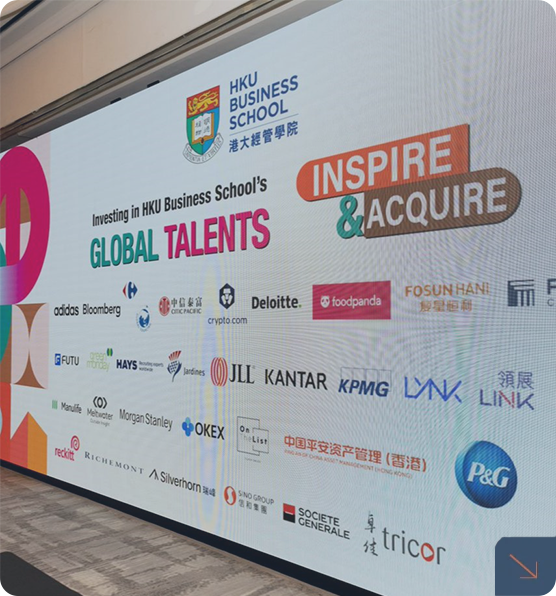In 2023, the Belgian newspaper Dernière Heure revealed that the ride-hailing platform Uber charges different prices to users based on their phone’s battery level.[1] Specifically, for the same trip, if your phone has 84% battery remaining, Uber charges 16.6 euros; but if you only have 12% battery left, the price rises to 17.56 euros. The logic behind this pricing is obvious: if your phone is about to run out of battery, you’re probably in no position to wait, and have no choice but to accept Uber’s higher price

3917 7271
KK 836
In the era of online shopping, the so-called "no discounts for old customers or dogs" policy often leaves loyal consumers feeling helpless. Many e-commerce platforms implement a "one person, one price" strategy, and even tailor prices based on users' purchasing habits and browsing histories, causing different consumers to pay different prices for the same product. In addition, airline ticket prices fluctuate constantly, with the phenomenon of "the more you search, the more expensive it gets" becoming the norm.
Recently, Chinese Mainland e-commerce giants Taobao, JD.com, and Pinduoduo have upped their game by incorporating Hong Kong into their free shipping zones. In the past, Hongkongers relied on transshipment consolidation to facilitate the receipt of their ordered goods. Little wonder that customers have warmly welcomed the new one-stop shopping services.
We consider the role of personalized pricing (PP) on product differentiation when PP is costly to implement. Using a stylized yet commonly used formulation, we find that when firms decide on positioning before deciding on PP implementation, PP implementation cost affects not only the amount of differentiation firms choose in their positioning, firm profits, consumer surplus, and social welfare, but also whether firms implement PP. When PP implementation cost is low, firms cannot help but to implement PP and engage in direct price competition. Moreover, firms implementing PP reduce their differentiation, further intensifying price competition, and are worse off. When PP implementation cost is moderate, firms position to reduce their differentiation to commit to not implementing PP, again aggravating price competition. In contrast, when PP implementation cost is higher, firms increase their differentiation due to the threat of PP but do not implement PP. As a result, the availability of PP improves firm profits, even though firms do not implement PP. However, if differentiation is restricted, then PP availability cannot improve firm profits. If an information seller sets the PP implementation cost, then it sets the cost low. Consequently, firms implement PP and are worse off. We also find that when firms decide whether to implement PP before deciding on positioning, they never implement PP. This is the case when PP implementation is complex, and differentiation can be affected by short-run advertising and promotion. Finally, we show that banning PP can benefit consumers when accounting for changes in firm positioning.
Modern consumers are concerned about not only their material payoff, but also the fairness of the transaction when making purchasing decisions. In this paper, we investigate how consumers’ inequity aversion affects a manufacturer who sources inputs from upstream suppliers. We find that, when the manufacturer sources from a single supplier or when consumers observe the manufacturer’s cost, inequity aversion hurts both the supplier’s and manufacturer’s profits. However, when the manufacturer sources from multiple suppliers and consumers do not observe the manufacturer’s cost, inequity aversion reduces both the suppliers’ and manufacturer’s margins, which significantly alleviates the double marginalization problem, increases consumer demand, and improves channel efficiency. As a result, inequity aversion benefits the suppliers, manufacturer, and consumers alike, leading to a “win–win–win” outcome. By comparing cases in which consumers observe and do not observe the manufacturer’s cost, we also find that, when faced with inequity-averse consumers, a manufacturer may find it optimal to withhold its cost information to help secure lower procurement costs from upstream suppliers.
Manufacturers of consumer-packaged goods invest heavily in trade promotions (i.e., temporary wholesale price discounts), but retailer stockpiling often yields trade promotions unprofitable. In this paper, we investigate how a manufacturer should respond to the retailer’s and consumers’ stockpiling ability by contracting with the retailer. Specifically, we examine when the manufacturer should restrict the retailer’s stockpiling ability and when it should issue trade promotions. Our analysis suggests the following. First, the manufacturer should restrict the retailer’s stockpiling ability when the storage cost is low; such restriction also benefits the retailer, resulting in a win-win outcome. Second, the manufacturer should offer trade promotions when the retailer cannot stockpile products and the storage cost is low but raise the wholesale price when the retailer can stockpile products. Third, stockpiling improves channel coordination and increases the manufacturer’s profit; therefore, the manufacturer should design products to be more storable.
Manufacturers and retailers often advance sell seasonal products or services (e.g., holiday decorations, summer or winter entertainment). The authors examine advance selling in marketing channels to offer several insights. First, it is well established that a decentralized channel suffers from the issue of double marginalization; that is, the manufacturer and retailer both add positive margins when setting their prices, which results in inefficiently high retail prices. The authors find that, under a dynamic wholesale-price contract, advance selling can alleviate this double-marginalization problem and benefit the manufacturer, the retailer, and consumers. Second, the benefit of advance selling diminishes with the product's holding cost, the retailer's stockpiling ability, and the manufacturer's commitment to spot wholesale price. Third, with wholesale-price commitment, advance selling benefits the manufacturer and consumers but hurts the retailer; the manufacturer is better off making a price commitment only when its product's holding cost is sufficiently low and worse off otherwise. Last, the retailer's stockpiling ability decreases its own profit under a dynamic contract but increases it under a commitment contract.





